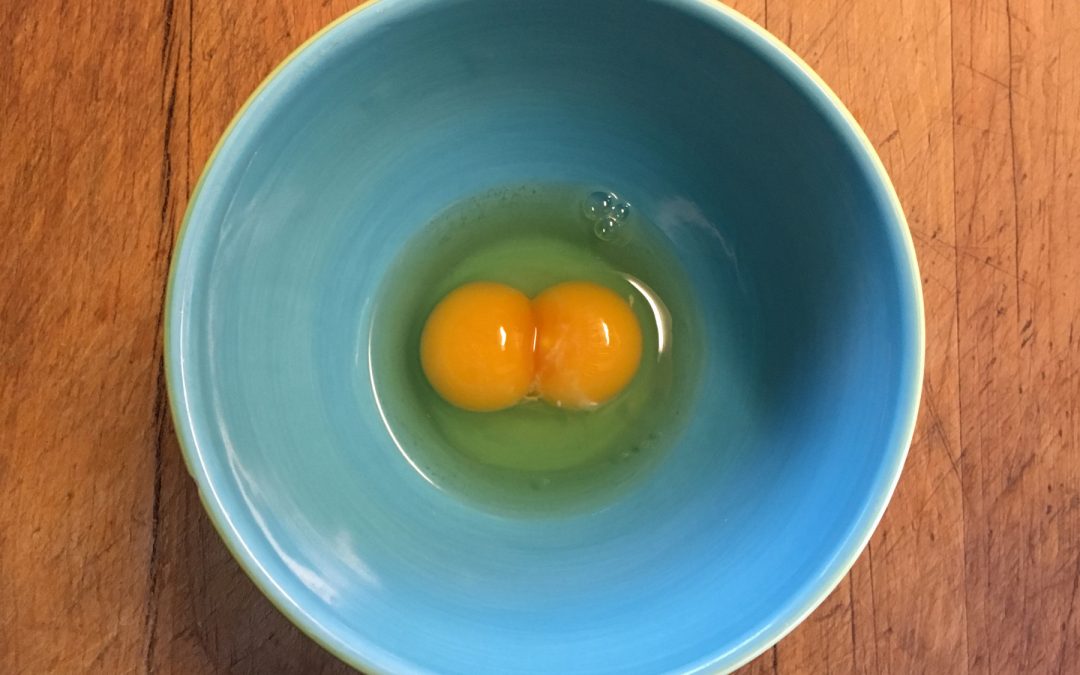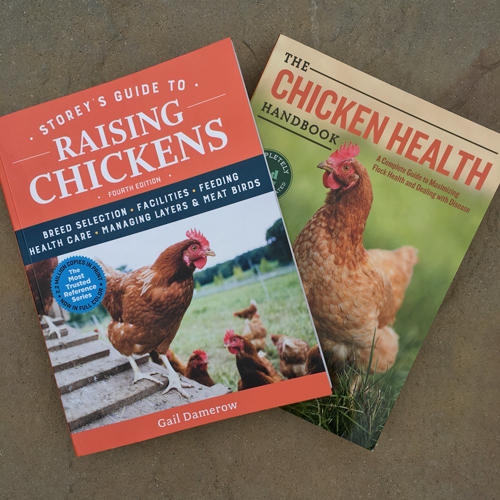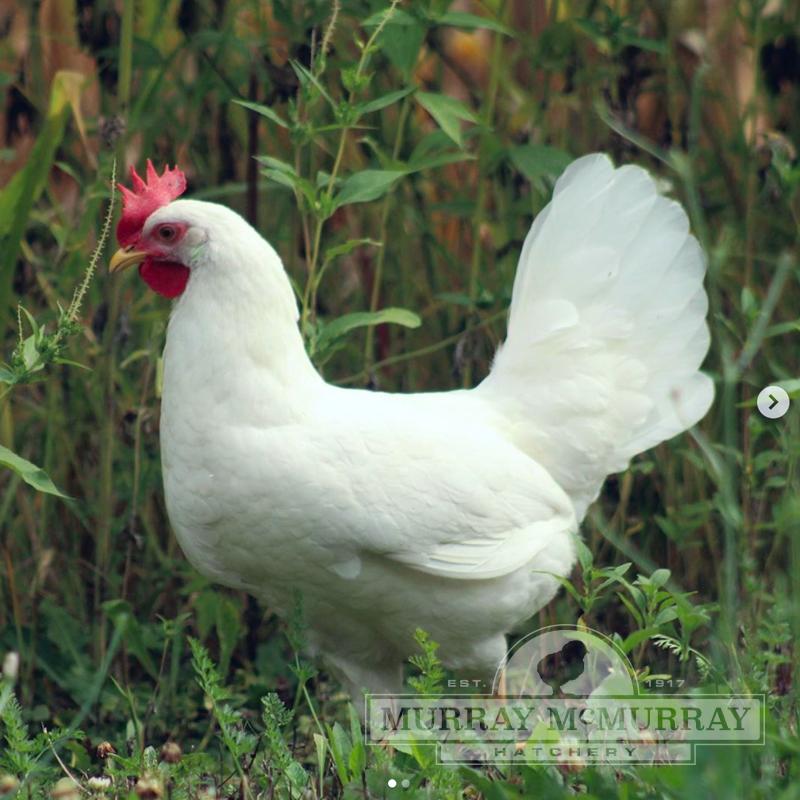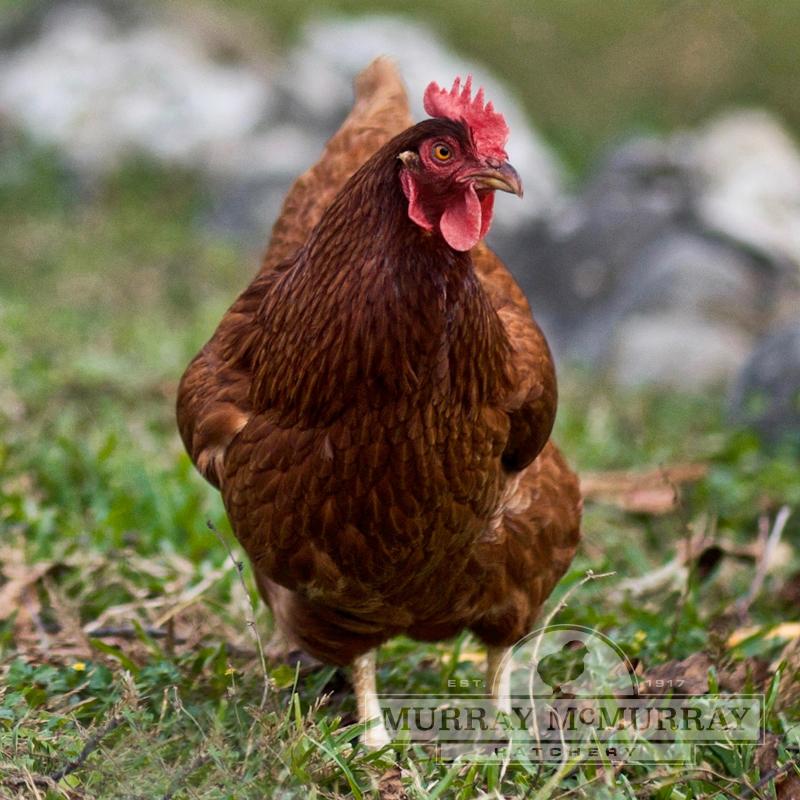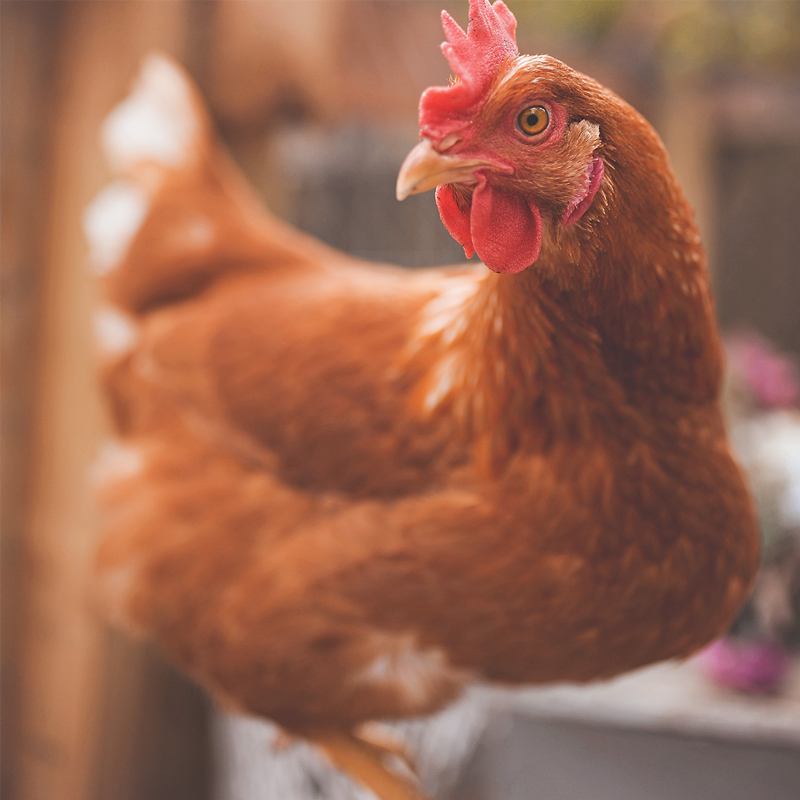We’re seeing a lot of people saying their hens are laying double and triple yolk eggs, usually in new layers. Is that a sign something is wrong?
“Eggs with two yolks are not uncommon,” says poultry expert Gail Damerow. “The reason people are becoming more aware of double yolkers is because more people are keeping chickens. They therefore witness the broad spectrum of natural variations in eggs laid by their hens.”
Then why do eggs in cartons sold at the supermarket all look alike?
“Those eggs have been sorted by shape and size, and then candled, which entails shining a bright light through the shell to examine an egg’s internal quality,” Ms. Damerow explains. “Eggs with imperfections, including double yolks, traditionally have not been packaged for sale to consumers. They are used, instead, for such things as commercially baked goods or dried egg powder. Only occasionally, maybe one in 1,000, does a double-yolk egg find its way into a carton of extra large eggs.”
But now some markets are selling entire cartons of eggs with double yolks.
“Right. Consumers are catching on to how cool double-yolk eggs are,” says Ms. Damerow. “Consumer fascination with double yolkers, combined with exoneration of eggs as the cause of high cholesterol, has resulted in a niche market.”
Why do most eggs have one yolk, but some have two?
“Each hen’s ovary contains a cluster of tiny yolks that typically develop one at a time,” Ms Damerow explains. “A fully developed yolk drops from the ovary into the oviduct. During the next 25 hours or so, as the yolk travels through the oviduct, it becomes enclosed in egg white, membranes, and finally a hard shell before it is laid.
“The ovary of first-time layers, with reproductive systems that are not yet fully synchronized, often release two yolks within a short time of one another. The yolks then travel together through the oviduct and become enclosed in a single egg. Once a pullet’s reproductive system gets organized, usually she will begin laying eggs containing only one yolk.
“Older hens sometimes also lay double yolkers. As a hen ages, her eggs get larger. When she grows old enough to lay extra large eggs, her ovary may occasionally release two yolks at a time, typically at the end of a laying cycle. Some hens are genetically predisposed to laying double yolkers, and may do so throughout their lives.
“Just as two yolks may be released by a hen’s ovary, on rare occasions three or even more yolks are released at the same time. The most I’ve seen from my hens is three yolks in one egg. The greatest number on record is nine, although the largest chicken egg on record, with a diameter of 9 inches, contained five yolks.
“Another oddity is a fully formed egg inside another egg. Double-shell eggs are so rare no one knows exactly why or how they happen. The current theory is that an egg nearly ready to be laid, for some reason reverses direction and travels back up the oviduct, where it gets a new layer of albumen and then is covered by a second shell. The world’s heaviest egg, weighing a full pound, had both a double yolk and a double shell
“That a hen can pass such large eggs is simply amazing. Although most hens are able to lay these large eggs without any problem, there’s always the possibility that a hen will become egg bound.”
If you incubate an egg with two or more yolks, will it hatch?
“Double yolkers rarely hatch successfully, because the shell is not roomy enough to accommodate two embryos,” Ms. Damerow says. “Assuming both do begin to develop, with insufficient space for growth, one or both will likely be deformed; one is apt to be considerably smaller than the other; and both, or at least the smaller of the two, may run out of growth space or oxygen and die before the hatch.
“Even if both make it to hatching time, the cramped quarters would hamper the gymnastics required for them both to break into the airspace and eventually escape from the shell. Despite all these obstacles, sometimes a pair of twins manages to hatch from a double-yolk egg, although typically one or both will be physically challenged and may not survive. This unhappy eventuality may be avoided by candling eggs prior to incubation, and removing any with two or more yolks.”
You may also be interested in these articles with poultry expert Gail Damerow:

Gail Damerow has been keeping chickens for nearly 50 years and has written several books about them including Storey's Guide to Raising Chickens, The Chicken Health Handbook, The Chicken Encyclopedia, Hatching and Brooding Your Own Chicks, and What's Killing My Chickens? For more about Ms. Damerow, visit her blog at GailDamerow.com.
Gail Damerow's headshot by The Chicken Chick, Kathy Shea Mormino.

